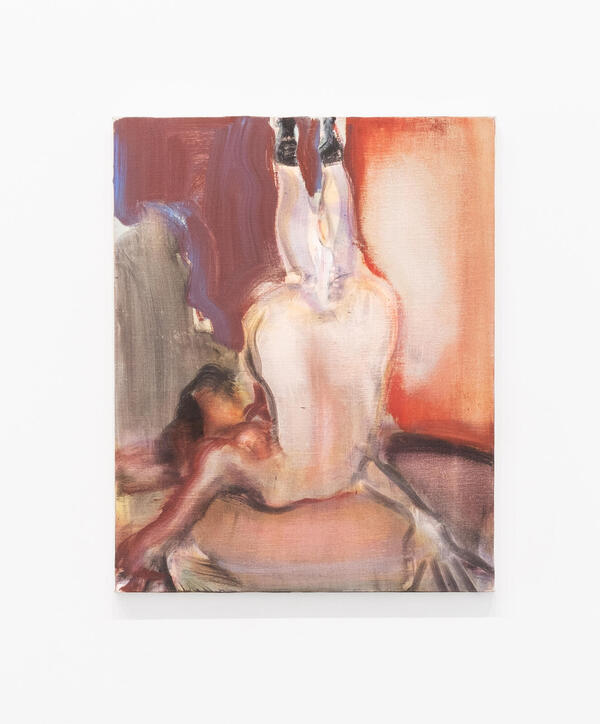Marlene Dumas. open-end
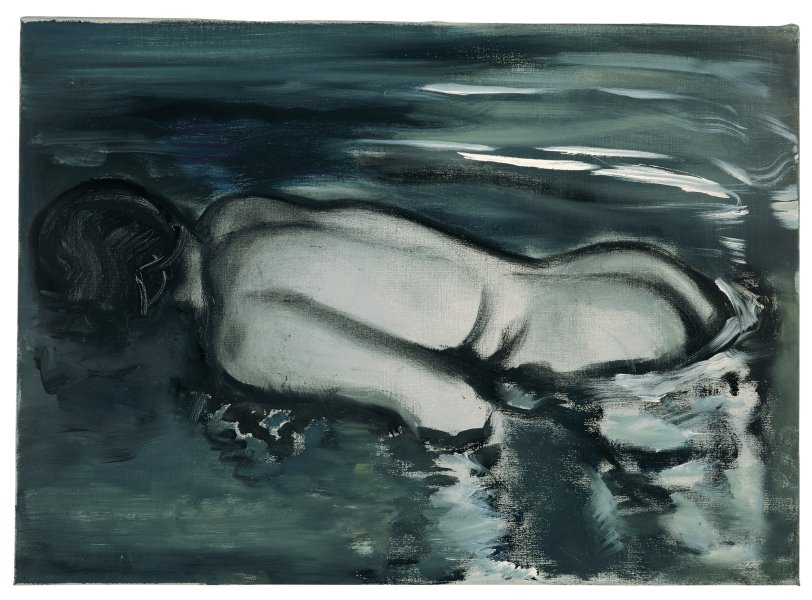
Losing (Her Meaning)
[Perdre (son sens)]
1988, huile sur toile, 50 x 70 cm
Pinault Collection
Curated by
Caroline Bourgeois
Palazzo Grassi presents ‘open-end’, the first comprehensive solo show exposing the work of Marlene Dumas in Italy, as part of the cycle of monographic shows organised by the Pinault Collection dedicated to major contemporary artists.
Palazzo Grassi presents ‘open-end’, the first comprehensive solo show exposing the work of Marlene Dumas in Italy, as part of the cycle of monographic shows organised by the Pinault Collection dedicated to major contemporary artists.
Marlene Dumas (1953, Cape Town, South Africa) chose the title of the show and explains it as follows: “I thought a lot about what binds all my works together, trying to find a title that would also reflect my state of mind and my perception of the world around me. I thought about the lockdown, about being locked and about the museums that are closed to the public and that Palazzo Grassi will have to be open to present this exhibition. Then I thought about the word ‘open’ and about how my paintings are open to different interpretations. In my works the viewer immediately sees what I painted but does not yet know the meaning of it. Where the work starts is not where it ends. The word ‘end’, which in the context of the pandemic has its own implications, is both fluid and melancholic”.
The exhibition was curated by Caroline Bourgeois in collaboration with the artist. It brings together over one hundred works from the Pinault Collection as well as from international museums and private collections. The focus is on the artist’s recent work including paintings created with the Venetian exhibition in mind and has been broadened by a selection of paintings and drawings achieved between 1984 and today.
The exhibition unfolds over the two floors of Palazzo Grassi and retraces the founding themes of Marlene Dumas’ artistic research through a poetic rhythm, sometimes at a fast pace, sometimes more slowly, with works of small dimensions and others very large, as if the exhibition somehow echoed the artist’s own definition of poetry: “Poetry is writing that breathes and makes jumps and leaves spaces open, so we can read between the lines”.
A most influential artist on the contemporary art scene, Marlene Dumas was born in 1953 in Cape Town, South Africa. She grew up and studied fine arts during the Apartheid regime. In 1976, she came to Europe for further studies and settled in Amsterdam, where she still lives and works. Marlene Dumas today works mainly with oil on canvas and ink on paper. Her work largely consists of portraits and human figures, which are universal representations of the full spectrum of human emotions.
A crucial aspect of her work is her use of pre-existing images from which she draws inspiration, be it images from newspapers, magazines or films, be it film stills or polaroids she herself has taken. Of her work she says: “I am an artist who uses second-hand images and first-hand emotions”.
Love and death, gender and race, innocence and blame, violence and tenderness are among the topics she addresses and through which the intimate sphere evokes socio-political aspects, news stories and main topics of art history. Her work is based on an awareness that the endless flow of images we see daily impacts our perception of ourselves and our ability to read the world. In the more recent years literature and poetry from Shakespeare to Baudelaire formed her inspiration as well.
Marlene Dumas’ work focuses on the representation of human figures dealing with the most intense emotions and paradoxes: “Painting is about the trace of the human touch. It is about the skin of a surface. A painting is not a postcard.” As the artist herself states and Ulrich Loock underlines in his text in the exhibition catalogue, “Some criteria for the choice of the images that are taken into consideration for painting might be rooted in Dumas’ personal biography, for example in the separation from a lover […]. The decisive factor can, however, also be more markedly general conditions, for example her youth spent under apartheid; a corresponding sensitivity for the situation of the “Wretched of the Earth,” those deprived of their rights in the Congo, in Algeria or in Palestine; a fundamental, politico-moral position against racism and discrimination on the basis of gender; or a stand taken for a form of ‘eroticism’ matching her ‘urge towards unruly forces of life and chance, against sober systematic formulations. While moral questions stimulate her, it is her awareness of how these are experienced in and through the body that is central to her work.”
Elisabeth Lebovici adds in her text in the catalogue, “If the figures return, it’s that they have already once been there. Perhaps not there at Palazzo Grassi, exposed for the first time. But they have already been there, at least once, not as paintings, rather as images. Indeed, this is customary for Marlene Dumas and the generation of painters and photographers who work after printed images and texts. […] This operative process of indirect ‘return’ allows, as she has said, for painting ‘anything without asking the permission of—or negotiating with—the original subject that has been photographed, because our ‘model’—that is, all photography—has become public property. We do not have to be where the scene is taking place.”
By dedicating to Marlene Dumas her most important show in Italy to date, Palazzo Grassi intends to share with the public an exhibition, a cycle of events and special contents to better understand the production of one of the most outstanding artists of the present.
The exhibition is accompanied by a free publication with texts written by Marlene Dumas, by a podcast with the participation of the artist and other guests and by a catalogue published
in co-edition by Palazzo Grassi – Punta della Dogana in collaboration with Marsilio Editori, Venice, and includes texts by Elisabeth Lebovici, Ulrich Loock and Caroline Bourgeois.
Artworks in the Marlene Dumas. open-end exhibition
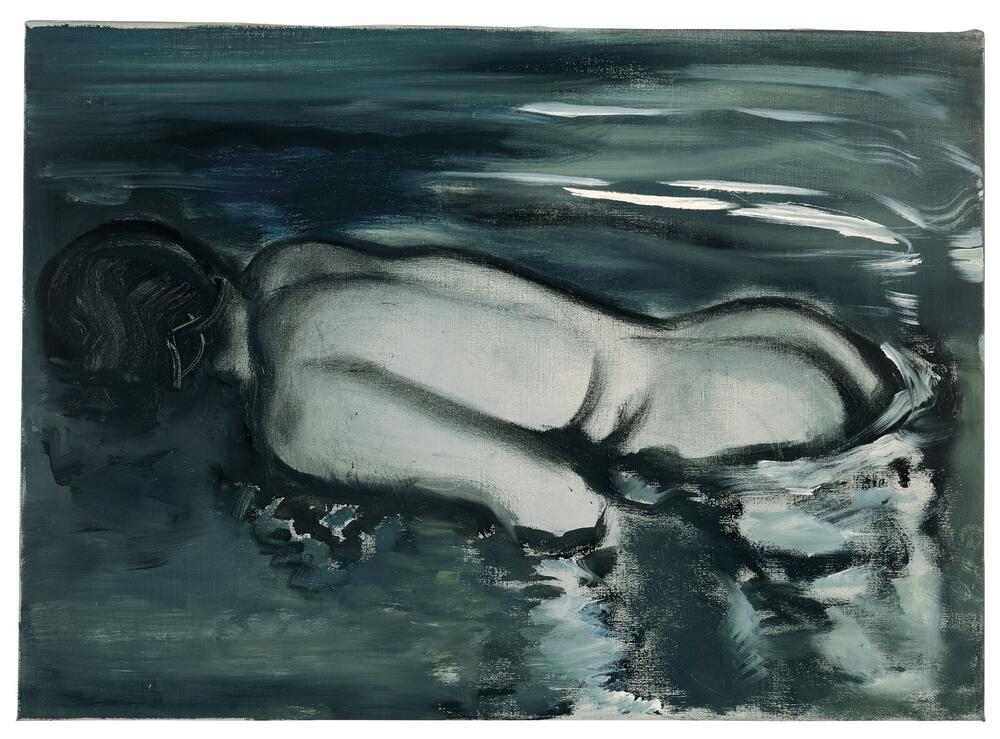
Losing (Her Meaning)
1988

Death by Association
2002

Einder (Horizon)
2007-2008
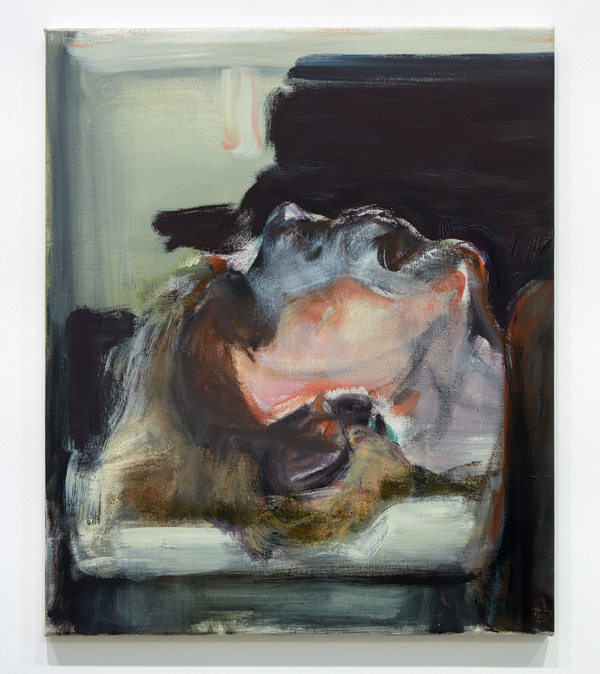
The Martyr
2002 - 2004

Canary Death
2006

Mamma Roma
2012

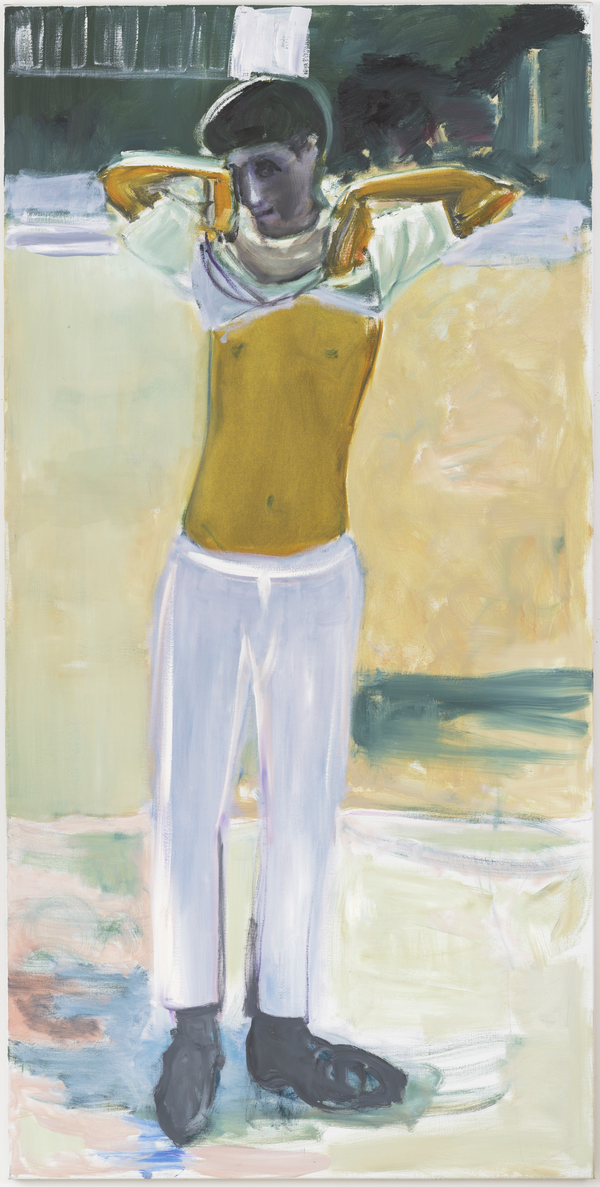
No Belt
2010 - 2016
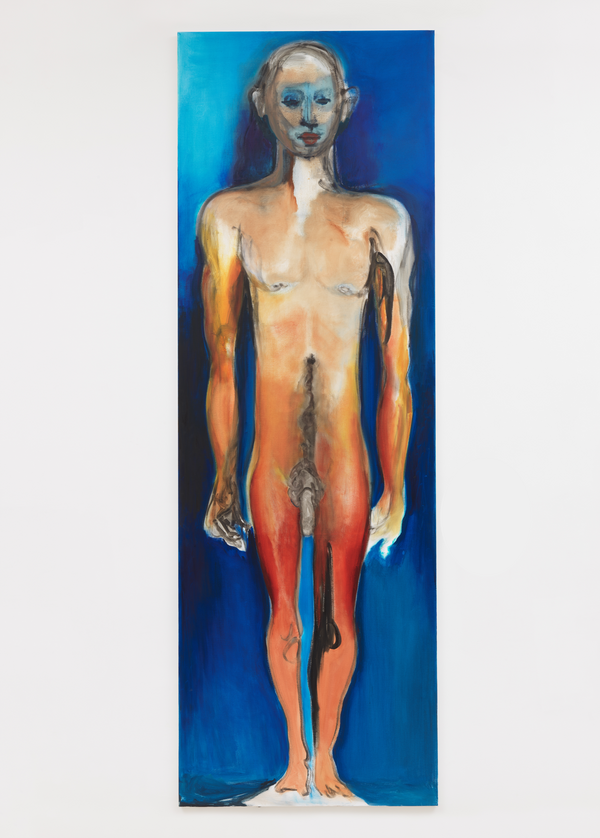
Alien
2017
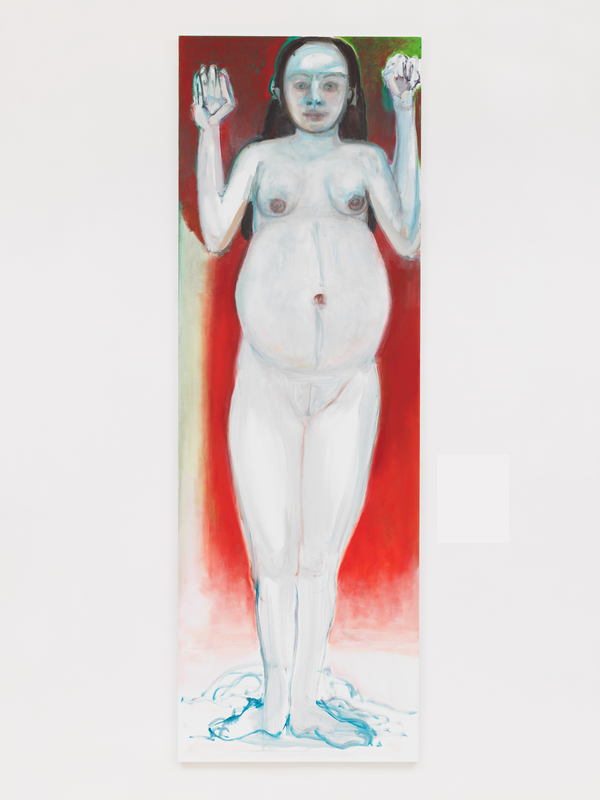
Birth
2018
